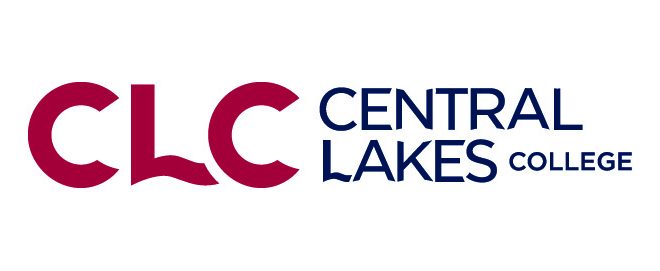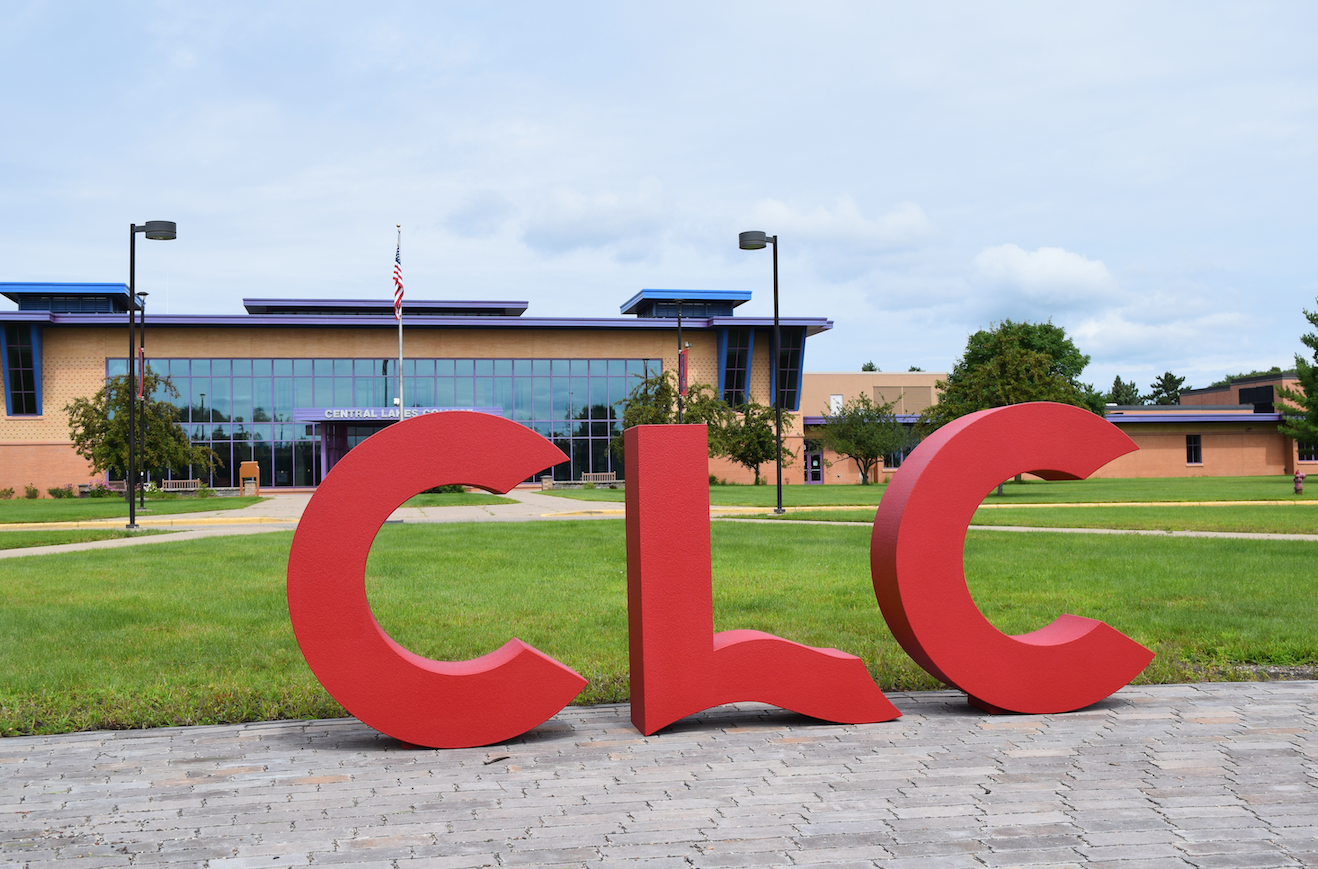Central Lakes College today reported that student voting on its campuses increased nearly 10 percent in last year’s presidential election, rising to 70 percent in 2020 from a rate of 61 percent in 2016.
Prior to the 2020 election season, the Central Lakes College Student Senate established a plan to build upon their past success and increase voter registration and voter turnout numbers at CLC.
Despite the pandemic, student leaders were undeterred and adapted their programming to accommodate both in-person and virtual voter registration drives. They worked closely with the Brainerd Lakes League of Women Voters and the Minnesota Secretary of State Office to provide timely and informative voting information.
“We are proud of our Student Senate leaders for prioritizing such a vital civic duty,” said Dr. Hara Charlier, President of Central Lakes College. “Due to their hard work and dedication, more of our future leaders had their voices heard and cast a ballot. We look forward to continuing our work in encouraging every student to vote.”
Today’s report comes from the Institute for Democracy & Higher Education (IDHE), creators of the National Study of Learning, Voting, and Engagement, or NSLVE. IDHE is located at Tufts University’s Tisch College of Civic Life.
Nationwide, the study’s authors report a record-breaking set of findings. On campuses across the country, students built on the momentum swing of 2018 and voted at high rates in the 2020 election, with voter turnout jumping to 66% in last year’s presidential election. The 14 percentage point increase, from 52% turnout in the 2016 election, outpaces that of all Americans, which jumped 6 percentage points from 61% to 67%, according to the U.S. Census Bureau.
“That students, often younger and first-time voters, turned out at rates commensurate with the general public is nothing short of stunning,” said IDHE Director Nancy Thomas. “We attribute this high level of participation to many factors, including student activism on issues such as racial injustice, global climate change and voter suppression, as well as increased efforts by educators to reach students and connect them to the issues and to voting resources.”
 CLC News The news and events from Central Lakes College
CLC News The news and events from Central Lakes College



